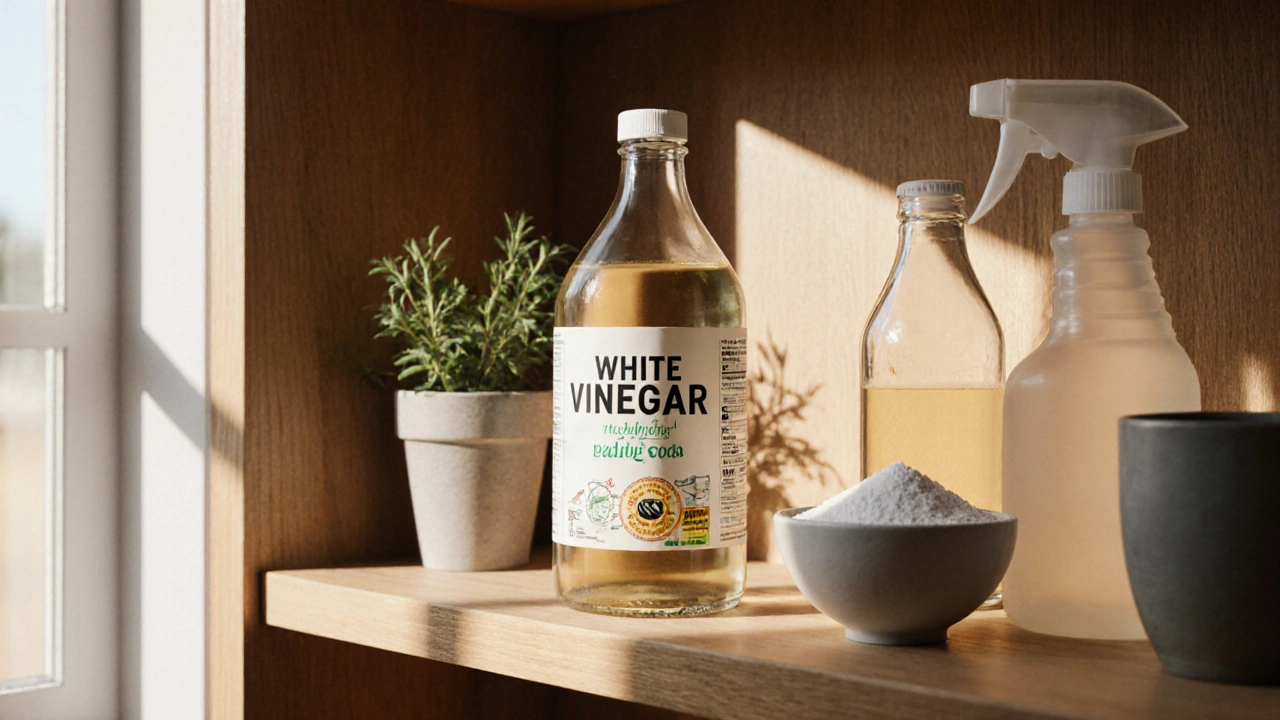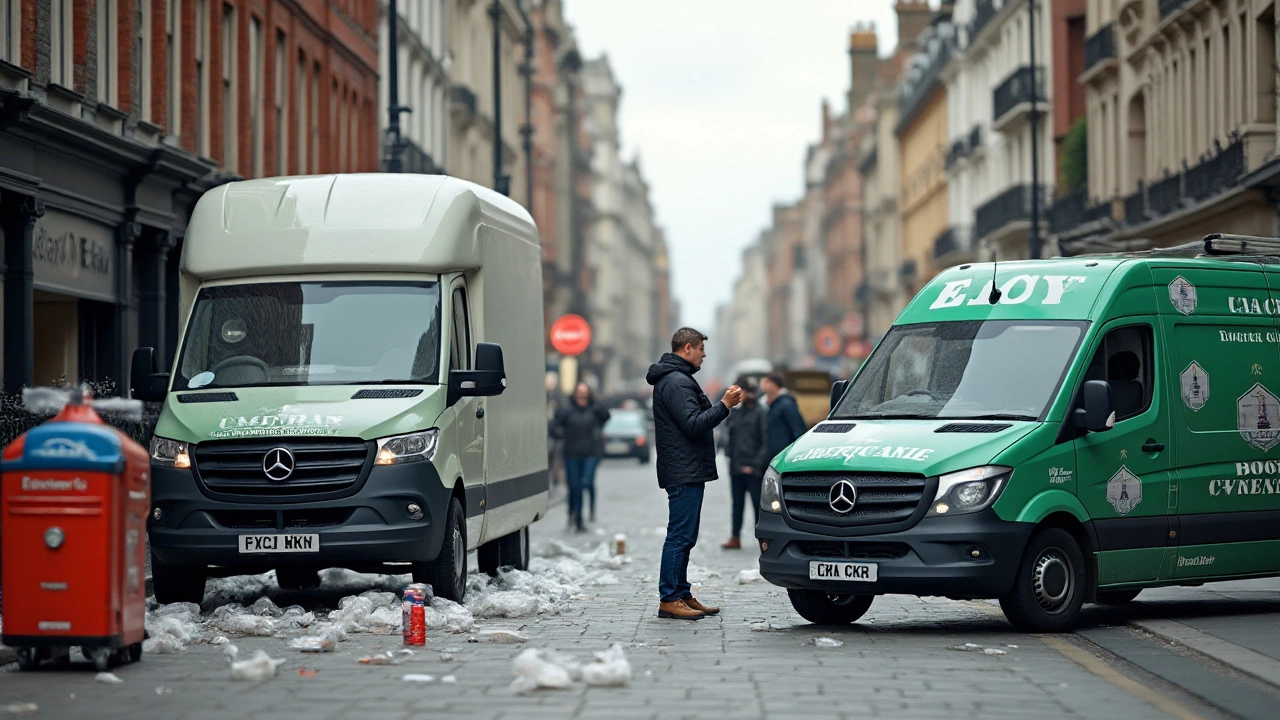Environmental Impact of Cleaning – Simple Steps for a Greener Home
Every time you grab a spray bottle or a mop, you’re making a choice that can help or hurt the planet. Most people don’t think about the chemicals in a glass cleaner or the plastic bottles they toss after use. The good news? You can keep your space spotless and shrink your carbon footprint with a few easy swaps.
Why Traditional Cleaners Harm the Planet
Many store‑bought cleaners contain petroleum‑derived surfactants, phosphates, and synthetic fragrances. When you rinse them down the drain, they end up in rivers, affecting wildlife and water quality. Even the packaging adds up – a single 500 ml bottle can create dozens of plastic pieces that linger for centuries. Moreover, the manufacturing process for these products consumes a lot of energy, raising greenhouse‑gas emissions.
A study by a UK university found that households using conventional cleaners contribute about 3 % of a typical family’s total carbon footprint. That may sound small, but multiply it across millions of homes and it’s a sizable impact. On top of that, harsh chemicals can irritate skin and lungs, making the indoor environment less healthy for you and your family.
Easy Green Swaps You Can Start Today
Switching to eco‑friendly products doesn’t mean you have to spend a fortune. Many of the best green cleaners are DIY recipes you can mix with kitchen staples. For windows, a mix of water, a splash of white vinegar, and a few drops of Dawn dish soap gives a streak‑free shine without harmful solvents. Use a microfiber cloth – it picks up dust and grime better than paper towels and can be washed and reused countless times.
If you prefer ready‑made options, look for labels that say “biodegradable,” “phosphate‑free,” or “plant‑based.” These usually break down faster in the environment and avoid the toxic run‑off that conventional cleaners cause. Some brands even use recycled plastic for their bottles, cutting down on waste.
Don’t forget the power of scent. Essential oils like lemon or tea tree add freshness and have natural antimicrobial properties. Just add a few drops to your DIY mix and you’ll avoid synthetic fragrances that can trigger allergies.
When it comes to disposal, rinse containers thoroughly and recycle them whenever possible. If a product’s packaging isn’t recyclable, consider buying larger refill packs to reduce the number of bottles you throw away.
Finally, think about water use. Fill a bucket for floor mopping instead of letting a tap run continuously. It saves gallons and gives you better control over the amount of cleaner you need.
By making these small changes, you’ll see less chemical residue on surfaces, lower utility bills, and a cleaner conscience. Plus, you’ll be supporting a market that rewards sustainable manufacturing, which pushes more companies to develop greener solutions.
Ready to test a new routine? Start with one room this week – replace the commercial glass cleaner with a vinegar‑Dawn mix and watch the difference. Track how much plastic you saved and notice how fresh the air feels. Small actions add up, and your home can be both spotless and kind to the planet.

Is White Vinegar Eco‑Friendly? Facts for Green Cleaning
Find out if white vinegar is truly eco‑friendly. Learn about its cleaning power, environmental footprint, best uses, and safety tips in this comprehensive guide.
Read More
Top Polluters in Eco-Friendly Cleaning: Companies to Watch
The cleaning industry has witnessed a green revolution, but not all companies have embraced sustainable practices. Some corporations continue to lag behind, prioritizing profits over environmental wellbeing. This article delves into the least eco-friendly companies within the cleaning sector, examining their environmental impact and practices. Insights and practical tips for choosing truly eco-conscious brands are also shared to help consumers make informed decisions.
Read More